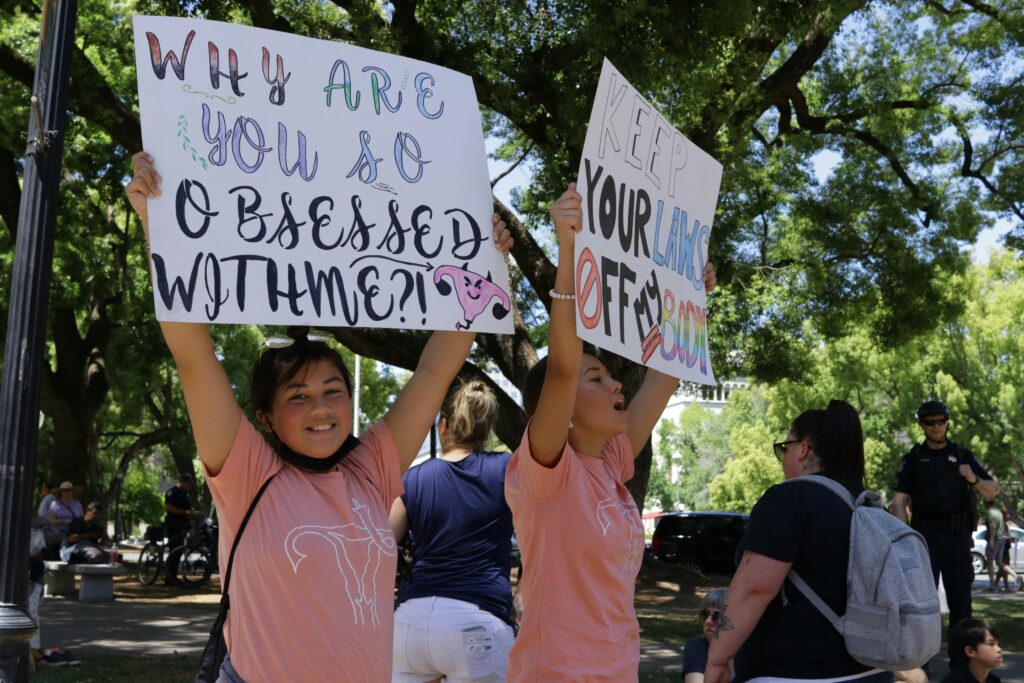Planned Parenthood has long been a pillar of reproductive health care, offering services from birth control to cancer screenings. However, its future has been threatened by ongoing political shifts, particularly under the Trump administration and conservative lawmakers. The introduction of funding cuts has become a key point of contention, with the right-wing pushing to defund the organization over its connection to abortion services, despite federal law prohibiting taxpayer dollars from being used for these procedures specifically.
As these political battles continue to unfold, millions of women could face a future where access to essential health services hangs in the balance. Here’s what’s at stake with the Planned Parenthood funding cuts and why this funding fight is making headlines.
What Does the Future Hold for Planned Parenthood?

The future of Planned Parenthood’s funding has become a high-stakes political game. But as many of those who will be impacted by the funding cuts know, access to health care is no laughing matter. On one hand, the organization provides crucial health services that millions rely on. On the other, there’s been a push by political leaders to cut funding due to its association with abortion care. While federal law already prohibits taxpayer dollars from funding abortion services, questions still loom about whether crucial funding for other healthcare services will be cut.
With Medicaid funding currently frozen, it’s become more and more likely that millions of women, especially women of color, could be left without access to essential services. And if these cuts happen, what will that mean for the future of women’s health?
Understanding the Politics Behind Funding
The fight is about more than just healthcare – it’s deeply tied to political values. For many conservatives, the push to defund Planned Parenthood stems from opposition to abortion, and this funding battle certainly isn’t new. Back in 2019, the Trump administration introduced rules that blocked Planned Parenthood from receiving Title X funding if they offered abortion services.
Fast forward to 2025, and the fight continues with frozen federal funding for several Planned Parenthood affiliates. While some legal challenges have temporarily halted cuts, the fight continues to dominate the political landscape. Whether or not these cuts become permanent remains uncertain, but it’s clear that this issue is far from over.
What To Consider as Planned Parenthood Cuts Loom
To those advocating for reproductive rights, this defunding campaign is a direct assault on affordable healthcare access, especially in low-income communities. Planned Parenthood has been a lifeline for women (particularly Black women) who face significant healthcare disparities. Without it, many could lose access to critical services like birth control and cancer screenings. Amid these changes, here are some things to keep in mind.
The Power of Knowledge and Your Voice
If you care about equitable healthcare for all, now is the time to speak up. Whether it’s voting, raising awareness or joining advocacy efforts, your support can make a big difference. Supporting reproductive rights is about ensuring everyone has access to essential healthcare, no matter their background or income level.
It’s also worth noting that healthcare policy can shift dramatically with every new administration. While the Biden era was more supportive of Planned Parenthood, political shifts have brought new challenges. Staying informed and active in these discussions is key to ensuring that healthcare access remains a priority.
Healthcare Access for Communities of Color
Planned Parenthood provides vital services to underserved communities, particularly Black women who often face barriers to accessing healthcare. With funding cuts, many could lose access to essential health services like birth control, STI testing and cancer screenings. Depending on where someone may live, these services might not be readily available elsewhere.
While Planned Parenthood is a major provider, it’s not the only resource. However, for many women – especially those in low-income or marginalized communities – it remains one of the most trusted and accessible providers of reproductive health services. If funding cuts happen, it could mean fewer options for affordable, quality care. If you feel at risk, research alternatives and connect with your community to talk about your feelings and experiences while seeking out solutions.
